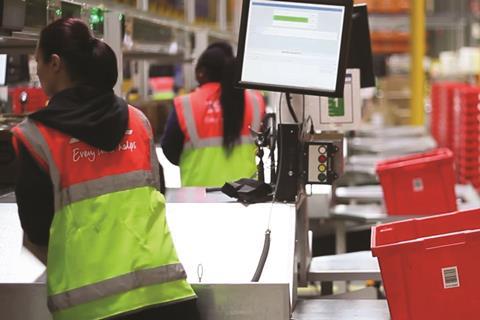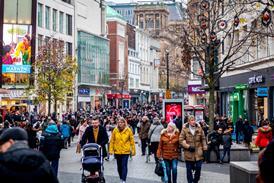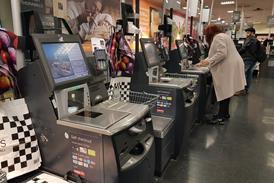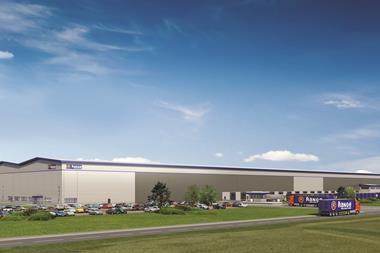Retailers may want to prepare for robots in their warehouses but not at the cost of the human touch.
This week I’ve had innovation on my mind.
The combination of writing last week’s blog about driverless lorries soon to hit UK motorways, and a late night viewing of Terminator Genisys – the most recent movie in the Arnie franchise – left me wondering just how far advances in technology will take supply chain. How close are we to staff in every warehouse working alongside ‘thinking’ and moving robotic counterparts to get deliveries out on time?
The answer is, pretty close. The industrial robotics market is huge. Worldwide shipments of multi-purpose industrial robots were forecast to exceed 207,000 units in 2015, up from around 159,000 in 2012, according to Statista.
And it’s fair to say that the warehouse environment is one that benefits from automation, not least because of the ongoing explosion of ecommerce and evolving fulfilment demands.

With the likes of Kingfisher-owned DIY retailer Screwfix professing to having trialled two-hour delivery slots for some of its London customers for the past few months, it’s little wonder that mechanics, engineering, technology and potentially artificial intelligence are being explored to help retailers meet the other-worldy demands that continue to be placed on supply chains, which are already buckling under immense strain.
Warehouse automation
A quick search on the internet reveals, unsurprisingly, that we are on the verge of collaborative robots transforming logistics. Robotics technology may soon be commonplace in warehouses and distribution centres – picking, packing and moving aided by sensor and GPS technologies.
Indeed, as part of the European Commission’s SPARC programme, the EU is apparently planning to invest €700m into robotics research, while a consortium of 180 European companies has reportedly pledged an extra €2.1bn by 2020.
The scope for disruptive robots to potentially improve productivity and increase order accuracy is great, but the challenges of the environment must be overcome. For example, the set-aisle arrangements of warehouses and the need for clear pathways for moving robots could be problematic.
Moreover, the vast number of combinations that make up today’s shopping journeys require complicated solutions.
It is these complications that suggest robotics in the warehouse could be counterproductive without human supervision.
Even if drones and armies of robots increasingly infiltrate back-end logistics, shoppers will never be far from human intervention and what’s more, it is innovation at the front end that is likely to have more of a profound impact on a customer’s perception of their shopping experience and what they think of a brand.
While robots and automation will undoubtedly be key to supply chains of the future, it is astute human direction and interaction on the shopfloor that will ensure innovation is a help rather than hindrance.
- Kate Doherty is Retail Week Connect’s deputy projects editor











![Ollie Pryor[46]](https://d53bpfpeyyyn7.cloudfront.net/Pictures/274x183/1/7/1/3119171_olliepryor46_336332_crop.jpg)

















No comments yet